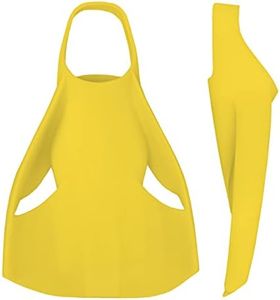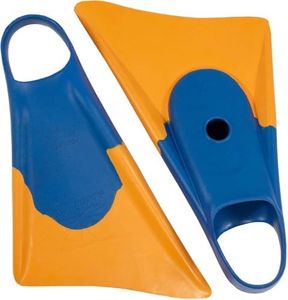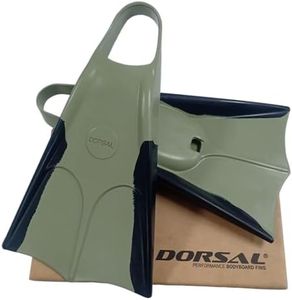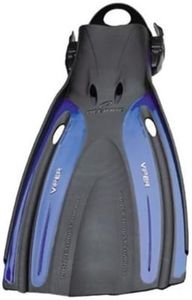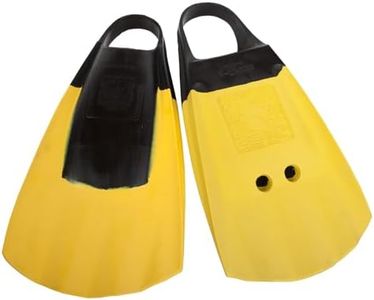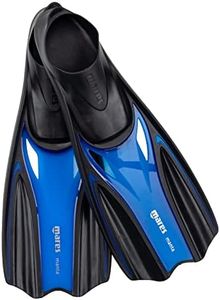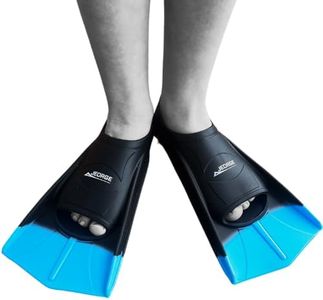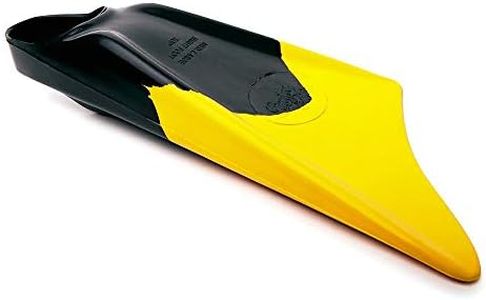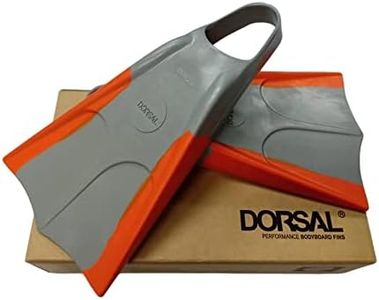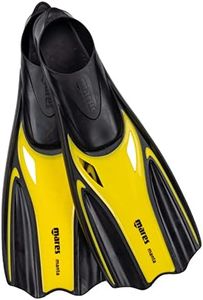We Use CookiesWe use cookies to enhance the security, performance,
functionality and for analytical and promotional activities. By continuing to browse this site you
are agreeing to our privacy policy
10 Best Bodyboarding Fins
From leading brands and best sellers available on the web.Buying Guide for the Best Bodyboarding Fins
Choosing the right bodyboarding fins is essential for comfort, control, and performance in the water. Bodyboarding fins help you catch waves more easily, maneuver better, and minimize fatigue. When selecting fins, focus on fit, power, comfort, and the features that match your riding style and the type of waves you'll encounter. Remember, there's no single 'best' fin—what matters most is how well a pair suits your unique needs and preferences.Fit and ComfortFit and comfort are crucial because fins that are too tight can cause blisters and cramps, while those that are too loose risk slipping off your feet. Bodyboarding fins should feel snug but not painfully tight. Sizing can vary by brand, so always try them on or check size charts carefully. Some riders may need fin socks for extra comfort or to adjust the fit. Always aim to wear your fins with minimal discomfort, paying special attention to how they feel during extended use.
Blade StiffnessBlade stiffness impacts how much leg power you need and how much propulsion you get. Stiff blades generate more thrust but require more strength and can tire you faster, making them better for experienced riders or those in bigger, faster waves. Softer blades are easier on the legs, ideal for beginners, lighter bodyboarders, or use in smaller, mellow surf. Choose based on your fitness level and the usual surf conditions you face—if in doubt, medium stiffness often balances power and comfort.
Blade Length and ShapeThe length and shape of the fin blade determine acceleration and maneuverability. Longer blades offer greater propulsion and are helpful if you need extra speed, but they can feel cumbersome, especially in powerful surf or when duck diving. Shorter blades are more nimble and better for quick direction changes, popular with those who prioritize maneuverability. The shape of the blade—rounded or angled—affects how water flows off the fin and influences your kicking style. Consider your typical surf environment and how you like to move on the wave when picking.
Foot Pocket DesignThe foot pocket is where your foot sits inside the fin, affecting comfort, fit, and power transfer. A closed-heel pocket offers more security and support, reducing the risk of losing fins, while open-heel pockets can increase comfort and allow for more flexibility if you have wider or unusual foot shapes. Look for soft, smooth materials inside the pocket and check for any seams or edges that might cause irritation. If you have wide feet or high arches, pay special attention to how the pockets feel to avoid discomfort on long sessions.
DrainageDrainage holes allow water and sand to escape from the fin, preventing uncomfortable build-up and reducing the chance of blisters. Good drainage keeps the fins lighter in use and makes them easier to shake out between waves. Look for fins with well-positioned drainage holes or slits—especially important if you surf in sandy locations. If you ride mostly on reefs, this may be less critical, but it still helps overall comfort and usability.
BuoyancyBuoyancy describes whether the fins float or sink in water. Floating fins are less likely to be lost if they come off during a wipeout. Non-floating fins might be more streamlined but can disappear quickly if they come off in deep water. Think about where you'll be using them—if you surf in places with strong currents or deep water, floating fins can save you from constant replacements.
